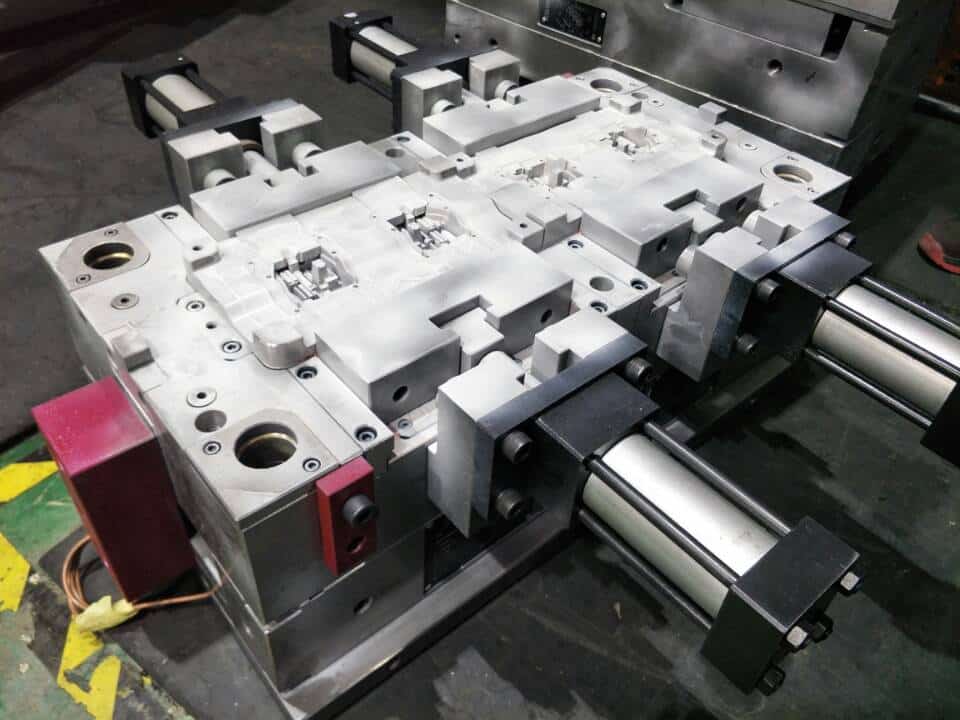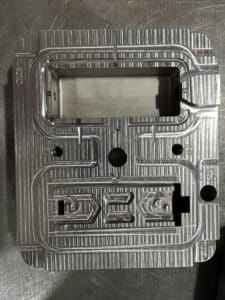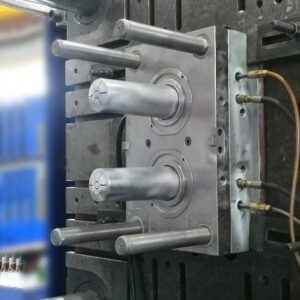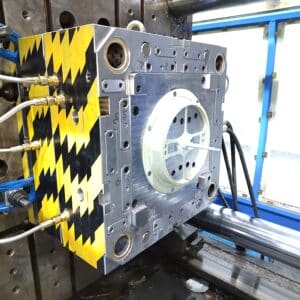Common tools and specifications for mold polishing
In the process of die manufacturing, the formed parts of the die often need to be polished. Mastering the polishing technology can improve the quality and service life of the mold, and then improve the product quality.
Die polishing method and working principle
Generally, oilstone strips, wool wheels, sandpaper, etc. are used for mold polishing to make the material surface plastic deformation and remove the protruding part of the workpiece surface to obtain a smooth surface. Generally, manual operation is the main method. If the surface quality requirements are high, the method of super precision polishing can be used. Super precision polishing is to use special abrasive tools, which are tightly pressed on the machined surface of the workpiece in the polishing fluid containing abrasives and rotate at high speed. Polishing can reach Ra0.008 μ M surface roughness.
Common tools and specifications for mold polishing
1) Commonly used tools for mold polishing include sandpaper, oilstone, felt wheel, grinding paste, alloy file, diamond grinding needle, bamboo chip, fiber oilstone, and round turning grinder.
2) Sandpaper: 150 #, 180 #, 320 #, 400 #, 600 #, 800 #, 1 000 #, 1 200 #, 1 500 #;
3) Oilstone: 120 #, 220 #, 400 #, 600 #;
4) Felt wheel: cylindrical, round cone, square tip;
5) Grinding paste: 1 # (white), 3 # (yellow), 6 # (orange), 9 # (green), 15 # (blue), 25 # (brown), 35 # (red), 60 # (purple);
6) File: square, round, flat, triangular and other shapes;
7) Diamond grinding needle: generally 3/32 handle or 1/8 handle, circular waveform, cylindrical, long straight cylindrical, long round cone;
8) Bamboo chips: various shapes are suitable for operators and mold shapes. They are used to press sandpaper and grind the workpiece to achieve the required surface roughness;
9) Fiber oilstone: 200 # (black), 400 # (blue), 600 # (white), 800 # (red)






